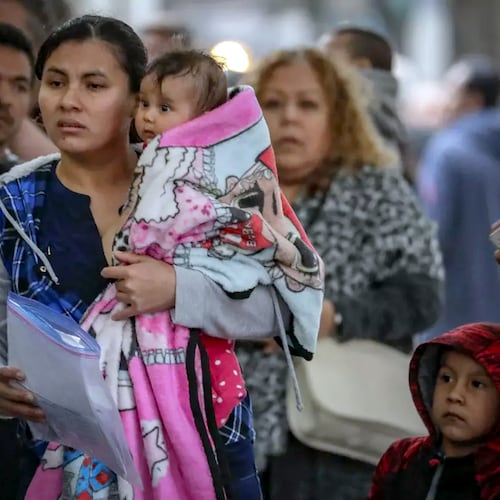Awake in the middle of the night, my left arm throbbing after my second COVID-19 vaccine, I was warmed thinking about the people I had vaccinated that day, as well as my fellow volunteer vaccinators.
Most of those getting the vaccine were elderly. “Have you ever had a shot?” I asked in a mock-serious tone waiting for them to smile.
“Oh dear, hundreds,” they chuckled, eager for protection after a year of excess vulnerability.
Credit: contributed
Credit: contributed
Some were robust physically and sharp mentally. They moved in and out of the chair with ease and understood instructions. Others were frail, arriving in a wheelchair or with a mobile oxygen canister. We made sure they knew they were not a burden. We helped put their sweaters back on and picked up the papers that slipped from their fingers. Most appreciated how smooth the process was, expressing they felt fortunate to be there.
Some of the elderly were accompanied by their adult children who helped navigate the complicated arena or translated English to their native language. I was heartened to see these loving interactions and how much we all want to keep family members safe. I thought of my own mother, in a distant state, and how I would have liked to help her in this way. Someone else is doing that.
Some — mostly men — arrived with long-sleeved thermal underwear and two layered shirts on top, as if the thought of baring an arm hadn’t occurred to them. They sat down and made no move to undress unless prompted. Women, more often, sat down and exposed their deltoid before I finished their paperwork.
Some were wary, asking “Have you done this before?” Or, they stood waiting in line, eyes darting around the room to guess who is the “best vaccinator.” They had no way of knowing I’ve been a physician for more than 30 years, like many of the other volunteers.
Many were getting their second vaccine. “You still need to wear a mask and socially distance,” I advised. “The shot reduces your risk of severe disease, but you may still be able to get COVID-19 or transmit it. There’s a lot we don’t know, especially regarding new virus variants.” I worried a false sense of invincibility would lead to increased spread.
Most were quiet, but some had a lot to say. A few proudly claimed, “I’m ex-military. Had more shots than you could imagine. Doesn’t bother me at all.” One of the last people told me in a thick accent, “the grim reaper has come for me many times. Started as an infant when the Americans liberated our town in Europe and I almost died of double pneumonia. Was told it was a miracle my mother was able to get an antibiotic. This is a miracle too,” he said, adding, “God Bless America.”
In our culture of divisiveness, the clinic fills me with hope. The volunteers, people getting shots, and loved ones are in it together. As I place each syringe of clear, anti-COVID elixir in someone’s arm, I’m filled with hope for that individual and our community. It’s direct and satisfying, even if it doesn’t require my level of training.
There is so much more we need to do. I have seen diversity of age, experience, and personality but not enough diversity of color. We have a dire need to increase equitable access, and focus outreach on communities of color because of increased vaccine hesitancy and risks of COVID-19.
Many — from the White House to Tyler Perry and Kizzmekiah Corbett, a Black female scientist who helped develop the Moderna vaccine -are working on this, but the pace and efforts need to accelerate.
A cadre of volunteers, including nurses, EMTs, and firefighters, is showing up week after week, staying until the final shot of the day is delivered. Recently we received an email: “Does anyone want to volunteer to coordinate more volunteers?” The system is overloaded with those wanting to help. Many of us are willing to work night shifts, weekends, or around the clock. We stand ready to help as many people as possible, as quickly as possible.
Mimi Zieman, M.D., is a Fulton county volunteer vaccinator, gynecologist and author of the medical guide “Managing Contraception.” She is also writing a book about being the doctor on an Everest expedition.
About the Author
Keep Reading
The Latest
Featured

